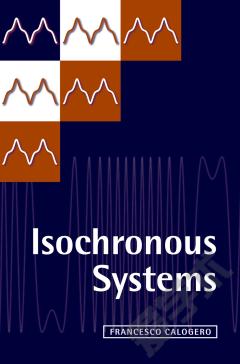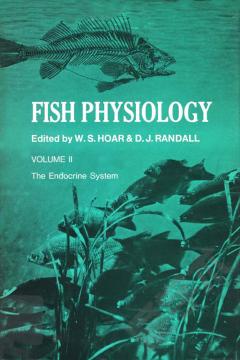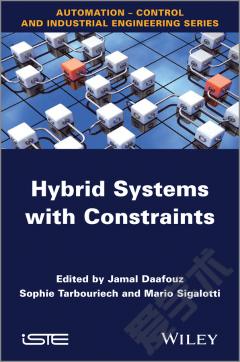Systems with Hysteresis
Preface. List of Figures. List of Tables. 1. Introduction 1.1 Objective and contents of the book 1.2 The Bouc-Wen model: origin and literature review 2. Physical consistency of the Bouc-Wen model 2.1 Introduction 2.2 BIBO stability of the Bouc-Wen model 2.2.1 The model 2.2.2 Problem statement 2.2.3 Classi ~ cation of the BIBO stable Bouc-Wen models 2.2.4 Practical remarks 2.3 Free motion of a hysteretic structural system 2.3.1 Problem statement 2.3.2 Asymptotic trajectories 2.3.3 Practical remarks 2.4 Passivity of the Bouc-Wen model 2.5 Limit cases 2.5.1 The limit case n = 1 2.5.2 The limit case (r) = 1 2.5.3 The limit case (r) = 0 2.5.4 The limit case ~ + - = 0 2.6 Conclusion 3 Forced limit cycle characterization of the Bouc-Wen model 3.1 Introduction 3.2 Problem statement 3.2.1 The class of inputs 3.2.2 Problem statement 3.3 The normalized Bouc-Wen model 3.4 Instrumental functions 3.5 Characterization of the asymptotic behavior of the hysteretic output 3.5.1 Technical Lemmas 3.5.2 Analytic description of the forced limit cycles for the Bouc-Wen model 3.6 Simulation example 3.7 Conclusion 4 Variation of the hysteresis loop with the Bouc-Wen model parameters 4.1 Introduction 4.2 Background results and methodology of the analysis 4.2.1 Background results 4.2.2 Methodology of the analysis 4.3 Maximal value of the hysteretic output 4.3.1 Variation with respect to 4.3.2 Variation with respect to 4.3.3 Variation with respect to n 4.3.4 Summary of the obtained results 4.4 Variation of the zero of the hysteretic output 4.4.1 Variation with respect to 4.4.2 Variation with respect to 4.4.3 Variation with respect to n 4.4.4 Summary of the obtained results 4.5 Variation of the hysteretic output with the Bouc-Wen model parameters 4.5.1 Variation with respect to 4.5.2 Variation with respect to 4.5.3 Variation with respect to n 4.5.4 Summary of the obtained results 4.6 The four regions of the Bouc-Wen model 4.6.1 The linear region Rl 4.6.2 The plastic region Rp 4.6.3 The transition regions Rt and Rs 4.7 Interpretation of the normalized Bouc-Wen model parameters 4.7.1 The parameters and 4.7.2 The parameter 4.7.3 The parameter n 4.8 Conclusion 5 Robust identification of the Bouc-Wen model parameters 5.1 Introduction 5.2 Parameter identi ~ cation for the Bouc-Wen model 5.2.1 Class of inputs 5.2.2 Identi ~ cation methodology 5.2.3 Robustness of the identi ~ cation method 5.2.4 Numerical simulation example 5.3 Modeling and identi ~ cation of a magnetorheological damper 5.3.1 Some insights into the viscous + Bouc-Wen model for shear mode MR dampers 5.3.2 Alternatives to the viscous + Bouc-Wen model for shear mode MR dampers 5.4 Identi ~ cation methodology for the viscous + Dahl model . . 5.4.1 Numerical simulations 5.5 Conclusion 6 Control of a system with a Bouc-Wen hysteresis 6.1 Introduction and problem statement 6.2 Control design and stability analysis 6.3 Numerical simulation 6.4 Conclusion A Mathematical background A.1 Existence and uniqueness of solutions A.2 Concepts of stability A.3 Passivity and absolute stability A.3.1 Passivity in mechanical systems A.3.2 Positive realness A.3.3 Sector functions A.3.4 Absolute stability A.4 Input-output properties References. Index.
{{comment.content}}








 京公网安备 11010802027623号
京公网安备 11010802027623号